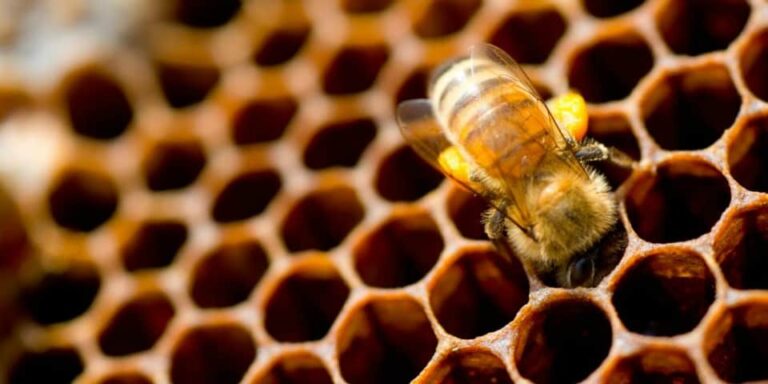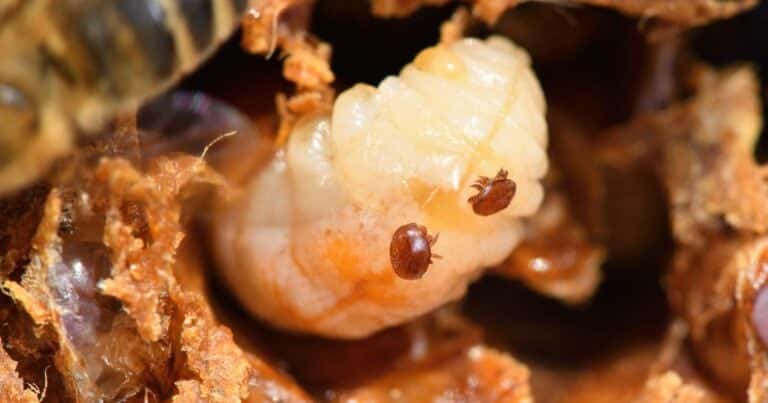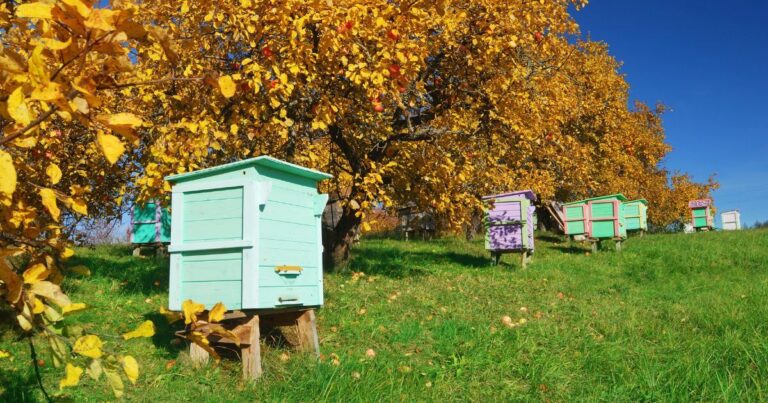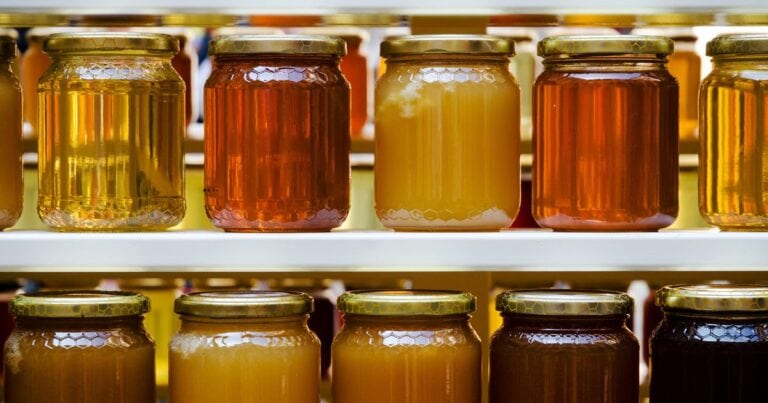Setting Up an Urban Beehive
Have you ever wanted to harvest your own honey? Urban beekeeping—also known as hobby beekeeping or backyard beekeeping—is the practice of keeping bee colonies in urban areas.
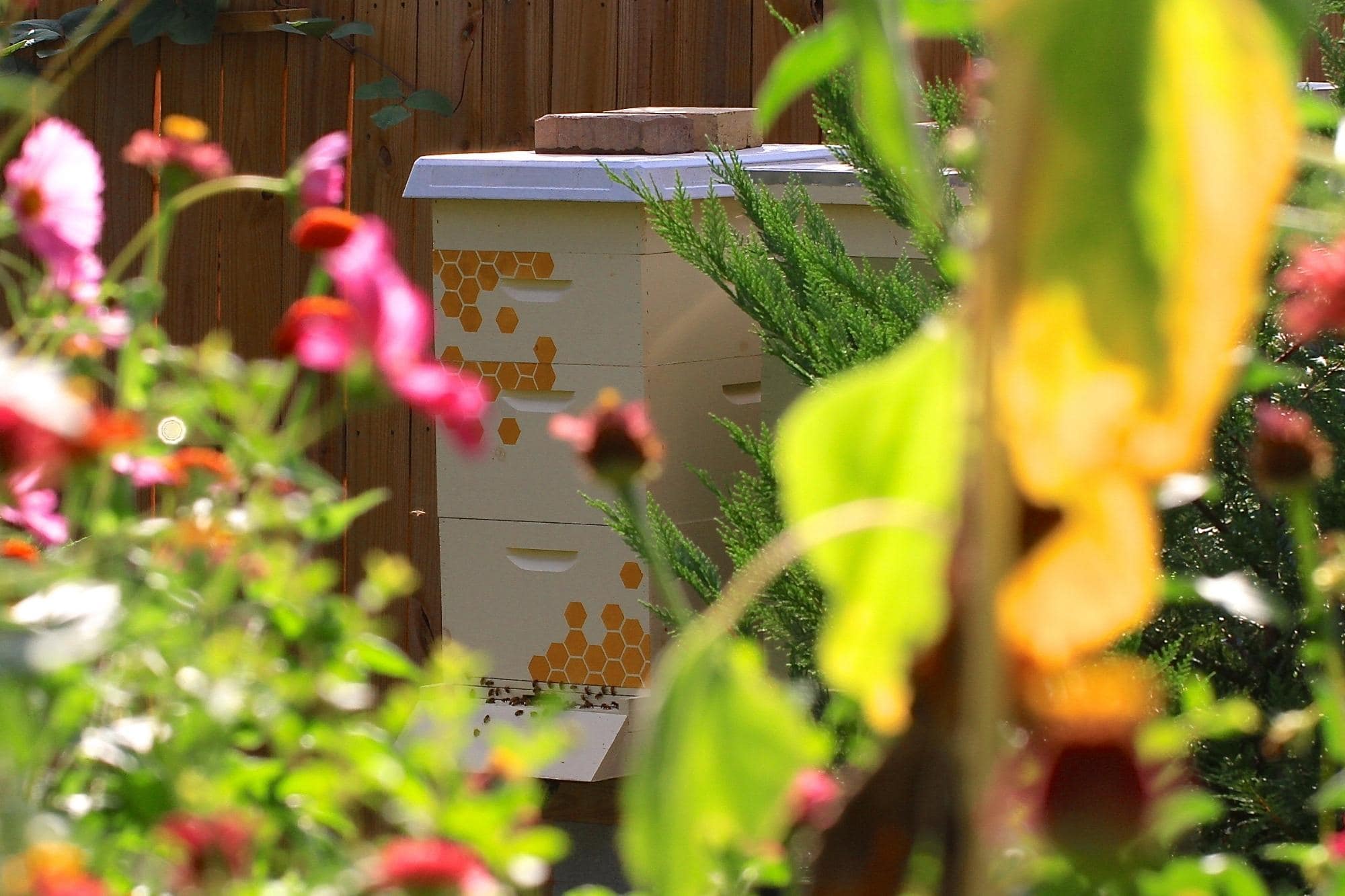
Urban beekeeping occurs in many urban spaces, from suburban backyards to the rooftops of inner-city restaurants. These operations can be as small as a single hive, are generally low-cost, and produce great results due to the hard work of the bees themselves.
Due to the varied plant life and warmer temperature of urban areas, city bees are known to be healthier and more productive than their country relatives! With both Melbourne and Sydney rising on the urban beekeeping ladder, this is a good time to join this growing community.
So, what do you need to set up your own urban beehive? The first step is to do your research. To know what type of beekeeper you are, read up on bees and bee varieties. It is easy to find resources on the internet, with professional beekeepers offering valuable information on their websites; you will soon be inspired by the possibilities. Alternatively, contact your local beekeeping professional for some online or face-to-face practical mentoring.
The next step is to find a good location for your urban hive. This should be somewhere away from passing people, at the back of the yard or even on a rooftop. It should also be close to water so that your bees have somewhere to drink. Despite not needing formal approval to keep hives in urban locations, it is important to follow state legal and health requirements to avoid harm to people and other animals and potential fines (for example, the Apiary Code of Practice issued by the Victorian Government).
Codes such as this one outline how many hives can be kept on an urban lot, provide bee-maintenance guides, and present important safety information relating to swarm management. Also, all beekeepers need to register themselves with their local government body (Agriculture Victoria, for example); for small-scale operations of one to five hives, this requires a small fee of $30 upon registration. Next, acquire your beekeeping tools.
At Ben’s Bees, we provide a complete starter beekeeper kit that includes everything you will need to start your urban practice. The hive itself is based on the Langstroth model. The main advantage of this hive is that the bees build honeycomb into frames, which can be moved with ease. The frames are designed to prevent bees from attaching honey comb in places that connect to adjacent frames, or to the walls of the hive.
The hive we provide contains a solid wood “nuc” (nucleus hive), a queen bee, eleven frames of natural wax, 2500 workers and enough eggs, larvae and brood to generate your first three kilograms of honey. A high-quality Beeco smoker to “smoke out” the bees when you need to access the hive, and a J-style hive tool to move the frames, are also provided.
Protective clothing is also an important part of your set-up, and this package comes with a full-size protective suit and gloves. These are the basic elements that will set you on your way to becoming an urban beekeeper.
Now that your hive is set up, it’s time to harvest your honey! This is the part that requires some learning, and it is a good idea to do some research online, or better still, take a course with your local beekeeper.
Hives are different for different bees: for example, European honey bee hives should be checked about every three weeks during summer to harvest and make space for the hive to grow.
Professional beekeepers can also teach you important skills, such as how to manage a swarm, and how to split an overcrowded hive. Knowledge is key, and before you know it, you’ll have a smooth-running bee colony in your own backyard.
_
Take a look at Ben’s Bees bee hives for sale.

